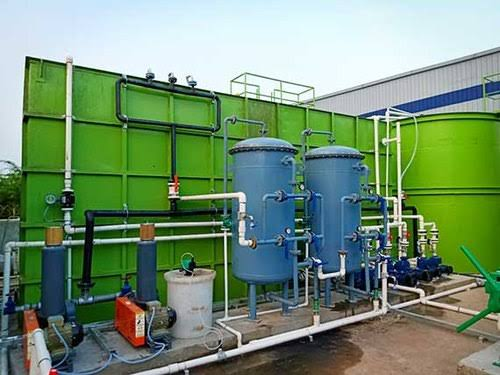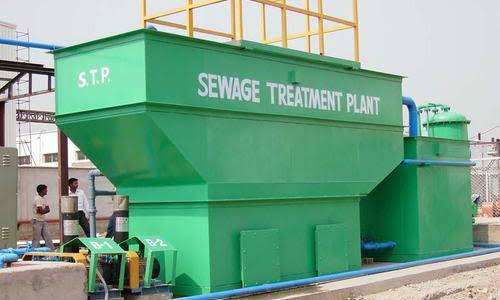SRI VINAYAGA INFRA
SEWAGE TREATMENT PLANTS
Who we are
The process of sewage treatment typically involves several stages, including:
During this stage, big debris like sticks, rags, and other solid objects are removed using techniques like screening and grit removal. These materials are frequently gathered and disposed of in landfills.
In this phase, sewage is channelled into enormous settling tanks called primary clarifiers. Oils and grease float to the top and are skimmed off as the flow is slowed, enabling heavier solid particles to settle at the bottom as sludge. The main effluent, or partially treated wastewater, is then moved on to the following step.
The biological treatment of the wastewater is the main emphasis of this step. The primary effluent is then moved to aeration tanks, where aerobic bacteria are encouraged to flourish by the addition of air or oxygen. These microorganisms break down organic material in the wastewater, releasing carbon dioxide, water, and other bacterial cells in the process. The wastewater’s biological oxygen demand (BOD) is greatly decreased by this method.
The wastewater next enters secondary clarifiers where the remaining suspended solids, including the bacteria, sink to the bottom as sludge after the biological treatment. The secondary effluent, or clarified water, advances to the following step of treatment.
By removing any lingering impurities, this optional step enhances the effluent’s quality even more. Chemical coagulation, filtration, disinfection (such as chlorination or ultraviolet irradiation), and sophisticated procedures like membrane filtration or activated carbon adsorption are a few examples of tertiary treatment techniques.
The primary and secondary clarifiers’ collected sludge is treated separately to get rid of moisture and lessen its volume. Anaerobic digestion, in which microorganisms break down organic matter, and dewatering techniques, such as centrifugation or drying beds, to lower the sludge’s moisture content, are two common ways to treat sludge.
The final effluent is then either treated further for specific reuse applications like irrigation, industrial processes, or groundwater replenishment, or it is discharged into a nearby water body, like a river or ocean, in accordance with legal requirements to prevent environmental harm.
Sri Vinaga Infra In order to preserve public health, save the environment, and conserve water resources, sewage treatment plants are essential. They encourage sustainable water management practises, reduce pollution of natural water bodies, and help stop the spread of diseases that are transmitted through the use of water. Additionally, sewage treatment facilities frequently produce biogas (methane) as a byproduct of the digestion of sludge, which can be used as an energy source to reduce the need for operating energy.
Our success contributing factors:
- Stringent quality check
- Industry leading prices
- Wide distribution network
- Customized range of products
- Ethical business practices
- On time delivery of consignments
- Prompt services
Why Choose Us ?
Sri Vinayaga Infra
Sri Vinaga Infra We provide full Sewage Treatment Plant Solutions, built on our devoted workforce. We are able to serve a wide spectrum of customers around the country because of our great product selection and open business practises.
Professional Staffs
Quality Products
Ontime Delivery
Fair Price
Our Projects


